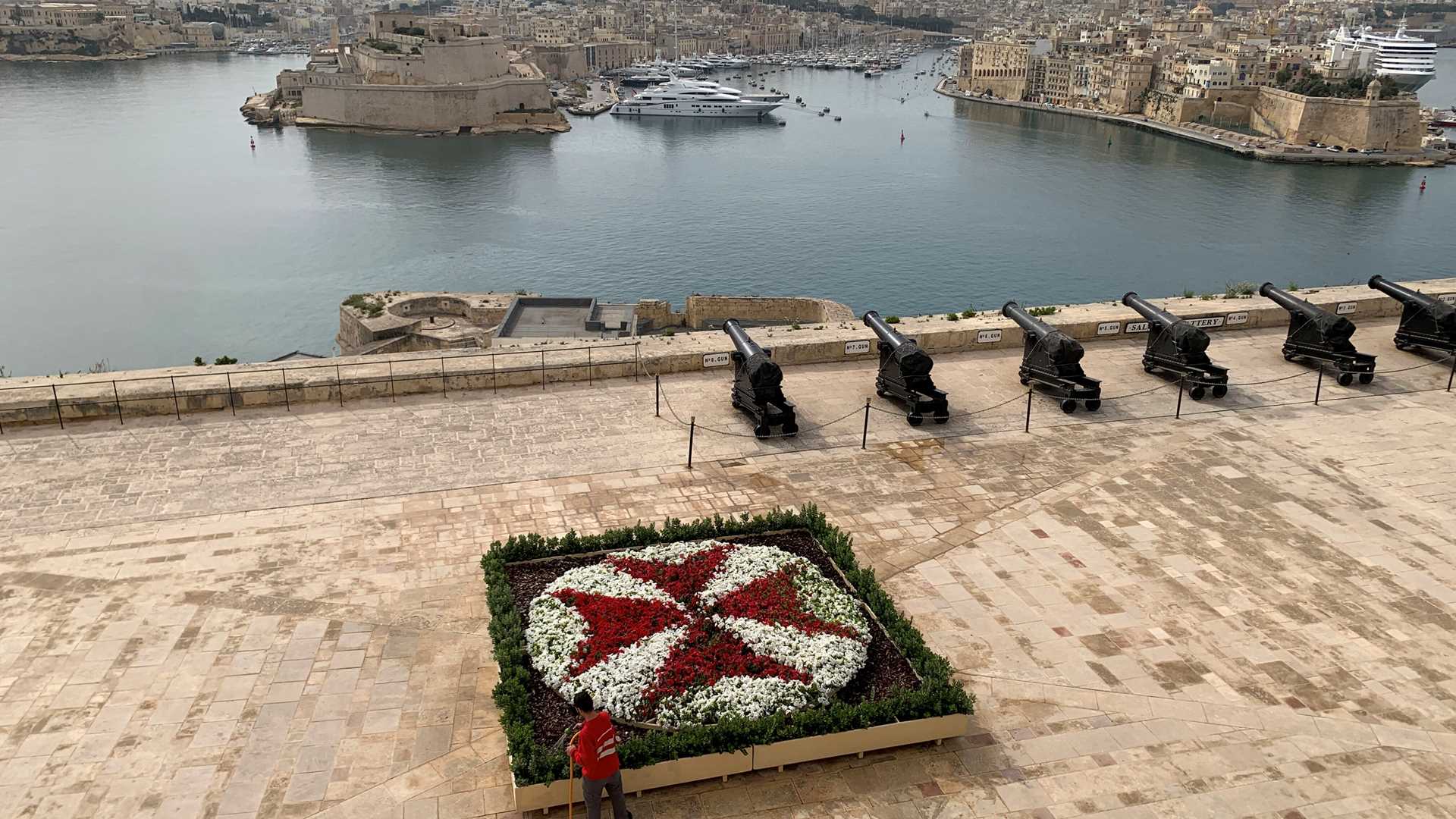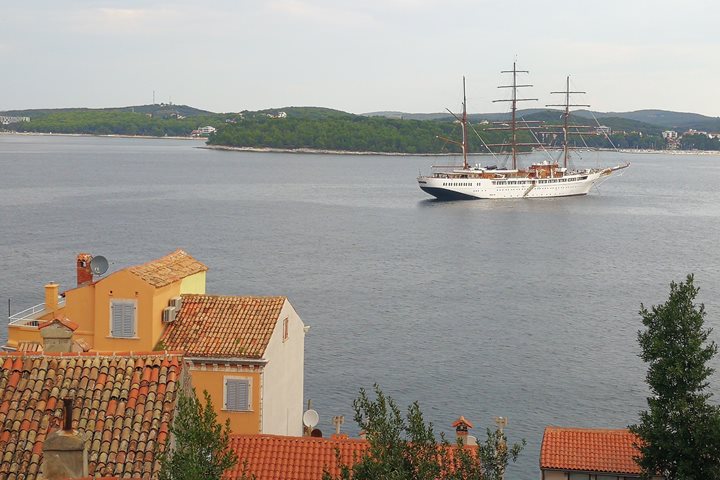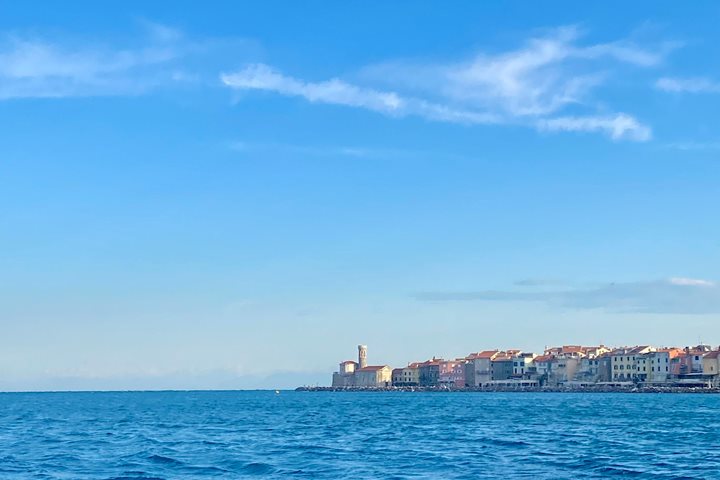When we sailed into St. Telmo Fort, we could not see much of Malta; it was about 6:30 in the morning. Slowly, the amazing walls of the Grand Harbor of Valetta showed up, painted in their unique, gold-colored limestone. Most of it is globigerina limestone, the outcropping of the area. We walked the city of Valetta later in the morning. We had a close look at the rock, which contains many fossils, especially those of the foraminifera Globigerina. This limestone was formed 2 to 14 million years ago. It is known for its honeycomb weathering because Malta, at some point in the distant past, was submerged. It stands on an underwater ridge that extends from North Africa to Sicily. The ridge was pushed up as the Strait of Gibraltar closed through tectonic activity.
That’s what I love most about Malta. Its limestone. But also, its history, from megalithic temples dating from 3600 BC, to the Order of Saint John from 1530 to 1798, to its life as an independent country since 1964. Maltese is a unique language with Semitic roots and words in Italian, French, and English. It is a country like no other country, and like many. And what about their art? Two Caravaggios in the most spectacular church, St John’s Co-Cathedral, with more than 400 marble tombs!
Mdina, the old capital (Mdina means “the city” in Arabic), with the same shiny, golden rock, tells of a more ancient history. We spent the afternoon exploring its narrow streets, finishing with a coach tour at Mosta. Mosta has a church with a magnificent dome that imitates the design of the Pantheon in Rome. It survived heavy bombing during the Second World War.
Today, we have discovered a unique country. We traveled through millennia of history and across millions of years as we looked at the colors of the amazing limestones of Malta.







